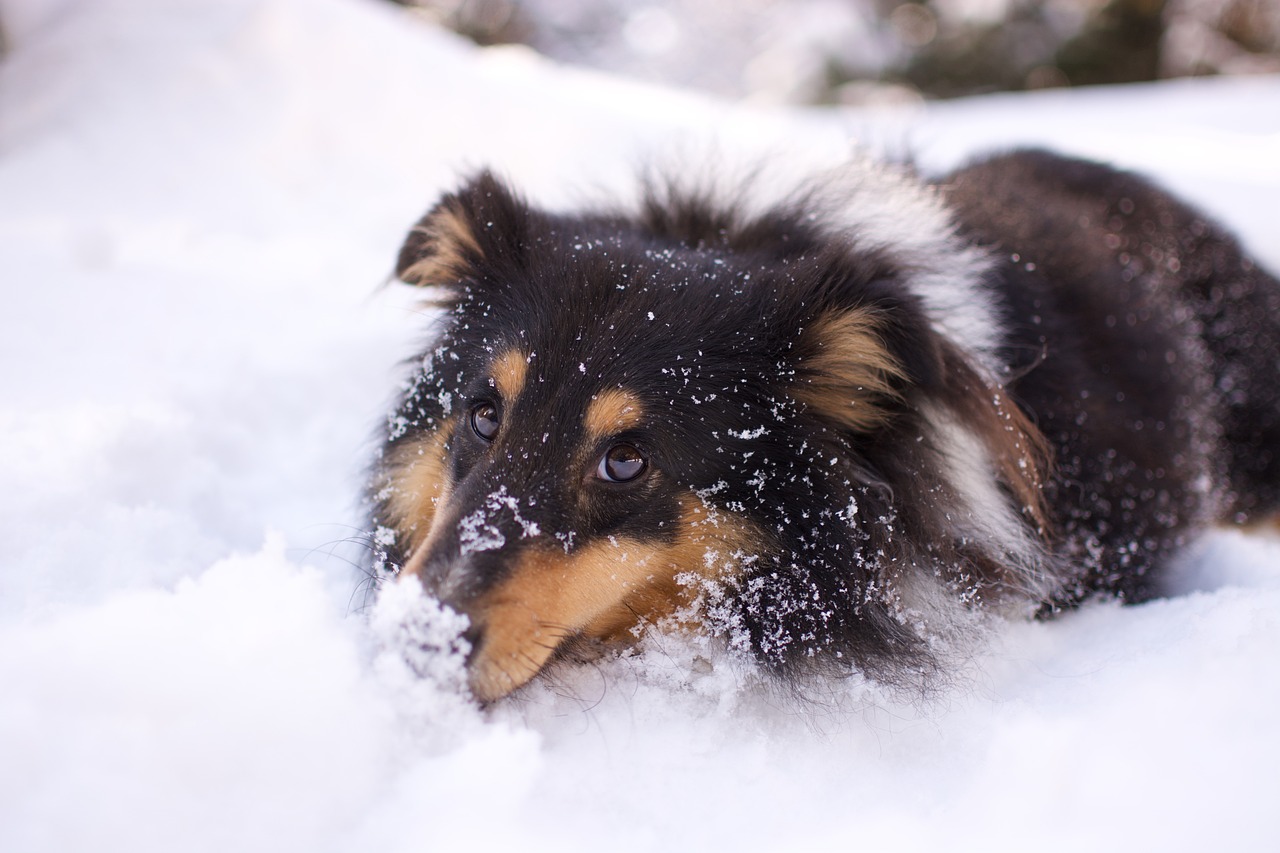by BECKY GOFF
Little Apple Post

MANHATTAN - Kansas State university veterinarian, Dr. Susan Nelson says the forecasted snow and dangerous wind chills means it's time to bring pets inside.
"It is time to consider bringing your cat or dog inside for warmth," said Susan Nelson, clinical professor at the Kansas State University Veterinary Health Center in the College of Veterinary Medicine. "Pets that are very young or old, and those not acclimated to the colder weather, should be brought in during the colder temperatures."
According to Nelson, dogs with heavy coats may get uncomfortable if brought inside the house, however, they could be given access to a garage or other cooler room to get out of the frigid temperatures.
Nelson says a crate or carrier may help those pets who get nervous or panic while indoors, and some may require medication from a veterinarian if the anxiety becomes severe.
Pets should have easy access to food and water bowls, in easy to find places. Nelson also recommends keeping pets in rooms with easily cleaned floors, especially if they are not housebroken.
Another consideration when bringing outdoor pets indoors is potential environmental hazards, such as houseplants that may not be safe for the pets.
"Indoor plants, such as lilies, dieffenbachia and philodendron, can be toxic to pets," Nelson said. "Before bringing pets inside, take an inventory of what plants you have and find out if they are poisonous, then move them to an inaccessible place."
Additional items that can be harmful to pets include:
• Chocolate.
• Raisins.
• Onions.
• Electrical cords.
• Candles.
• Potpourri.
Nelson says, pets can be comfortable outdoors during cold weather, with proper prepartions.
"Outdoor shelters should not be too big in order to prevent loss of heat to dead space," Nelson said. "The door should face the south or west to reduce wind gusts. Use clean straw or hay for bedding, as blankets tend to get trampled easily and lose their insulating effect. If your pet will allow it, hanging a blanket over the door or using a pet flap will keep the wind out."
Outdoor cats should also be provided with a sheltered area, which could be as simple as a box made cozy with straw or hay bedding to keep them warm.
"Outside water bowls should be checked at least twice a day for ice, and more often during particularly frigid weather like we will experience this week, to prevent dehydration," Nelson said. "A heated water bowl is a better option."
Pets that remain outdoors during cold weather may need an increase in food to help them maintain body heat, according to Nelson.
Cold weather affects younger and senior pets more severely, these pets should be kept in warm environments when the temperature drops.
"Pets with osteoarthritis should be treated with extra care," Nelson added. "Keep them indoors in a warm and well-cushioned area. You can speak with your veterinarian about pain medication options and therapeutic diets that can help ease the pain of arthritic joints."
Nelson's additional winter weather safety tips for pets include:
• If you have a short-haired dog, sweaters are a good idea. Sweaters made out of cotton, fleece or natural fibers are preferred. Make sure the sweater fits well, does not catch the dog's feet and cannot be easily pulled off. Avoid sweaters with decorations that could be torn off and ingested.
• Outdoor cats will seek warmth, including near or on a car engine. Honk the horn on your vehicle or bang on the hood before starting the engine in order to scare off any cats that may be warming themselves.
• Rinse off your pet's feet if they have been walking on treated surfaces, and do not let them lick it off. It is best to avoid treated walkways, but if your pet must frequently walk on these surfaces, consider having them wear booties to protect their feet. The booties can also help protect their feet from painful ice balls that can form on the bottom of the paws.
• Antifreeze is a lethal poison for dogs and cats. Immediately and thoroughly clean up any spills from your vehicle, and consider using products that contain propylene glycol rather than ethylene glycol, which is more pet friendly — but still not entirely harmless.
• Frostbite can affect the ears, feet and noses of pets just as it does in people. To avoid frostbite, do not let your pet out in the extreme cold for a long period of time. Chances are that if you get too cold to be outside, it's probably too cold for your pet as well.


